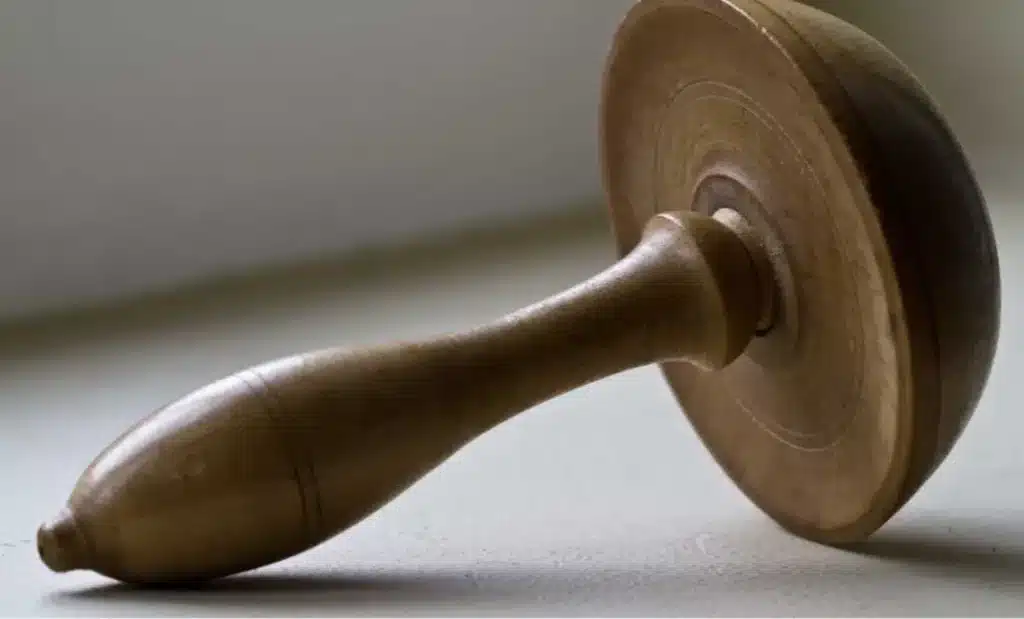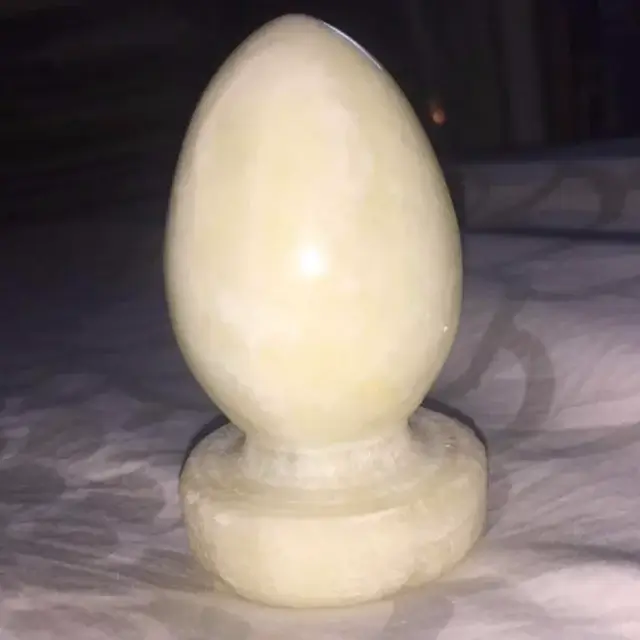Imagine digging through your grandparents’ attic or old storage boxes and stumbling upon a small, smooth, egg-shaped marble object. It feels solid in your hand, has a little weight to it, and instantly sparks the question: What on earth is this thing? That’s exactly what happened to one Reddit user, and the mystery quickly turned into an internet-wide guessing game.
At first, the grandparents claimed it was “just a paperweight.” But really—an egg-shaped hunk of marble solely for keeping papers down? The internet wasn’t buying it. Soon, the online detectives swooped in with a much more convincing answer: this curious object is a darning egg.

So, what’s a darning egg? It’s a vintage sewing tool that was once a household staple. Back before we lived in the age of fast fashion, socks weren’t tossed the minute they got a hole. Instead, people fixed them. The darning egg was placed inside the sock to create a firm, rounded surface, making it easier to stitch over holes and weave the fabric back together. Think of it as a mini sewing assistant that saved your favorite pair of socks from the trash pile.
And here’s the fun part—darning eggs weren’t one-size-fits-all. They came in wood, porcelain, glass, and yes, even marble. Some were plain and simple, while others were beautifully carved or shaped like mushrooms. They weren’t just practical—they were often decorative little treasures.
You might assume darning eggs are relics of a forgotten era, but they’re still used today by people who value sustainability and prefer repairing over replacing. For some, it’s about eco-friendly living; for others, it’s about keeping a beloved piece of clothing alive a little longer. In fact, many crafters still collect and use darning eggs as part of their sewing toolkit.
So, the next time you come across a mysterious object like this, don’t dismiss it as “just a paperweight.” It could very well be a clever glimpse into how past generations lived more resourcefully, making the most of what they had. That little marble egg is more than just a curiosity—it’s a symbol of craftsmanship, care, and the kind of practicality that still inspires people today.
